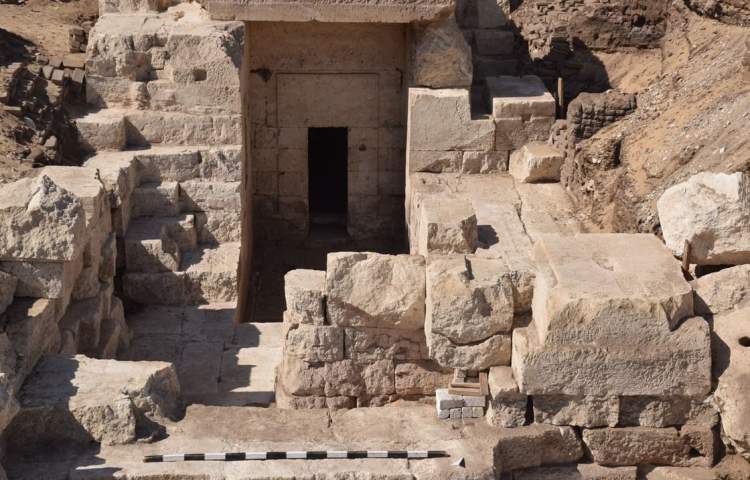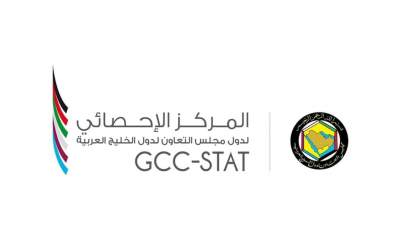A joint Egyptian-German archaeological mission has uncovered a new Ptolemaic temple near the Great Temple of Atribis in Sohag Province, Egypt.
Publish dateSunday 24 November 2024 - 12:14
According to Amac News: This discovery was led by the Supreme Council of Antiquities (SCA) of Egypt and the University of Tübingen in Germany.
Mohamed Ismail Khaled, Secretary-General of the Supreme Council of Antiquities, stated that the newly discovered pylon façade measures 51 meters in length and features two towers, each 24 meters wide, flanking a central gate.
Studies indicate that this pylon originally stood 18 meters tall, rivaling the dimensions of the famous pylon of the Luxor Temple.
The pylon is adorned with hieroglyphic inscriptions and intricate carvings depicting a Ptolemaic king receiving offerings from the lion-headed goddess Repit and her child, the deity Kolanthes.
Cartouches found at the site suggest that the temple dates back to the reign of King Ptolemy VIII, with some inscriptions possibly referencing his wife, Queen Cleopatra III.
Christian Leitz, the German co-leader of the mission, pointed out the excavation of a southern chamber that was partially uncovered in the early 20th century by British archaeologist Flinders Petrie. This chamber features depictions of celestial deities used to measure nighttime hours, along with carvings of Repit and the fertility god Min.
A newly discovered room with a staircase has also been revealed. Markus Müller, the site director of the German team, explained that this staircase once led to an upper floor, which was destroyed around 752 CE.
The excavation team has been active in Atribis for three decades, previously mapping the Great Temple of Atribis and recovering over 30,000 ostraca in Demotic, Coptic, and Hieratic.
Excavations will continue to uncover the temple's remaining features and enrich Egypt's extraordinary archaeological record.
Mohamed Ismail Khaled, Secretary-General of the Supreme Council of Antiquities, stated that the newly discovered pylon façade measures 51 meters in length and features two towers, each 24 meters wide, flanking a central gate.
Studies indicate that this pylon originally stood 18 meters tall, rivaling the dimensions of the famous pylon of the Luxor Temple.
The pylon is adorned with hieroglyphic inscriptions and intricate carvings depicting a Ptolemaic king receiving offerings from the lion-headed goddess Repit and her child, the deity Kolanthes.
Cartouches found at the site suggest that the temple dates back to the reign of King Ptolemy VIII, with some inscriptions possibly referencing his wife, Queen Cleopatra III.
Christian Leitz, the German co-leader of the mission, pointed out the excavation of a southern chamber that was partially uncovered in the early 20th century by British archaeologist Flinders Petrie. This chamber features depictions of celestial deities used to measure nighttime hours, along with carvings of Repit and the fertility god Min.
A newly discovered room with a staircase has also been revealed. Markus Müller, the site director of the German team, explained that this staircase once led to an upper floor, which was destroyed around 752 CE.
The excavation team has been active in Atribis for three decades, previously mapping the Great Temple of Atribis and recovering over 30,000 ostraca in Demotic, Coptic, and Hieratic.
Excavations will continue to uncover the temple's remaining features and enrich Egypt's extraordinary archaeological record.
amacnews.com/vdch.xnit23nz610d2.html
Source : news agency wam
Most viewed















